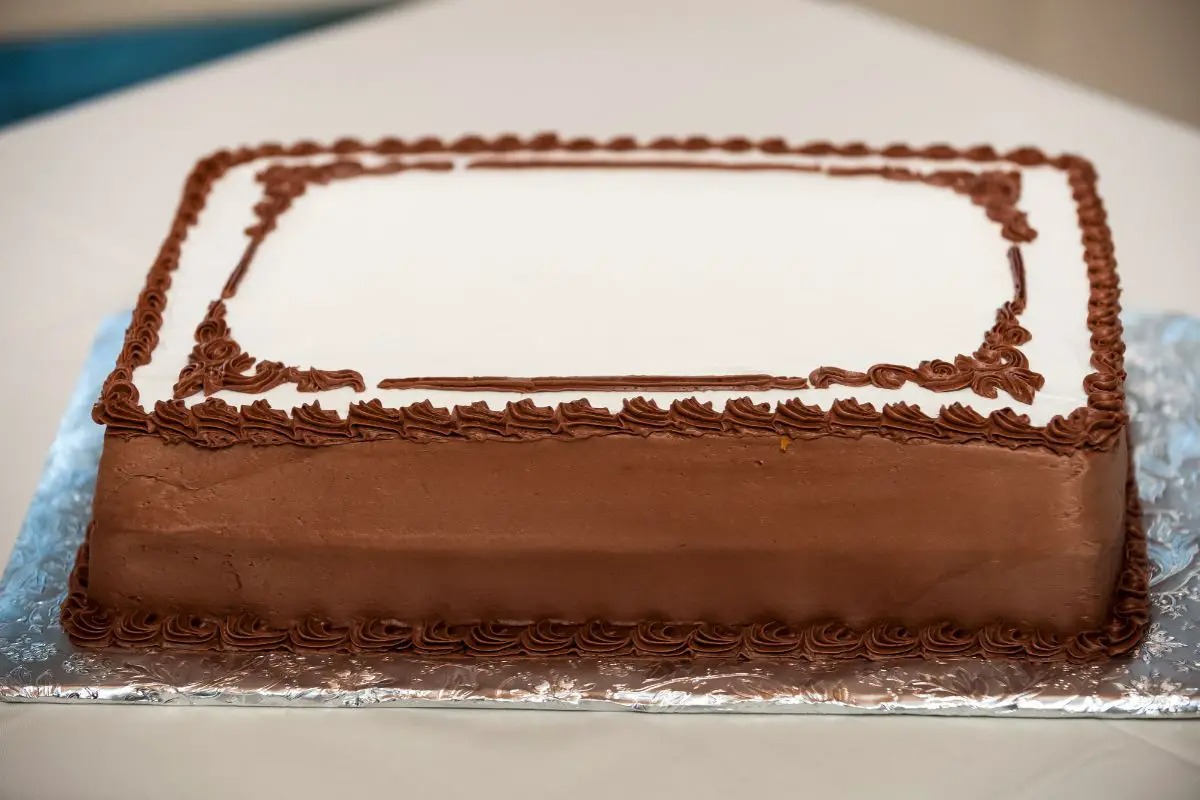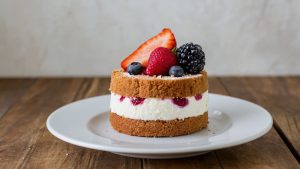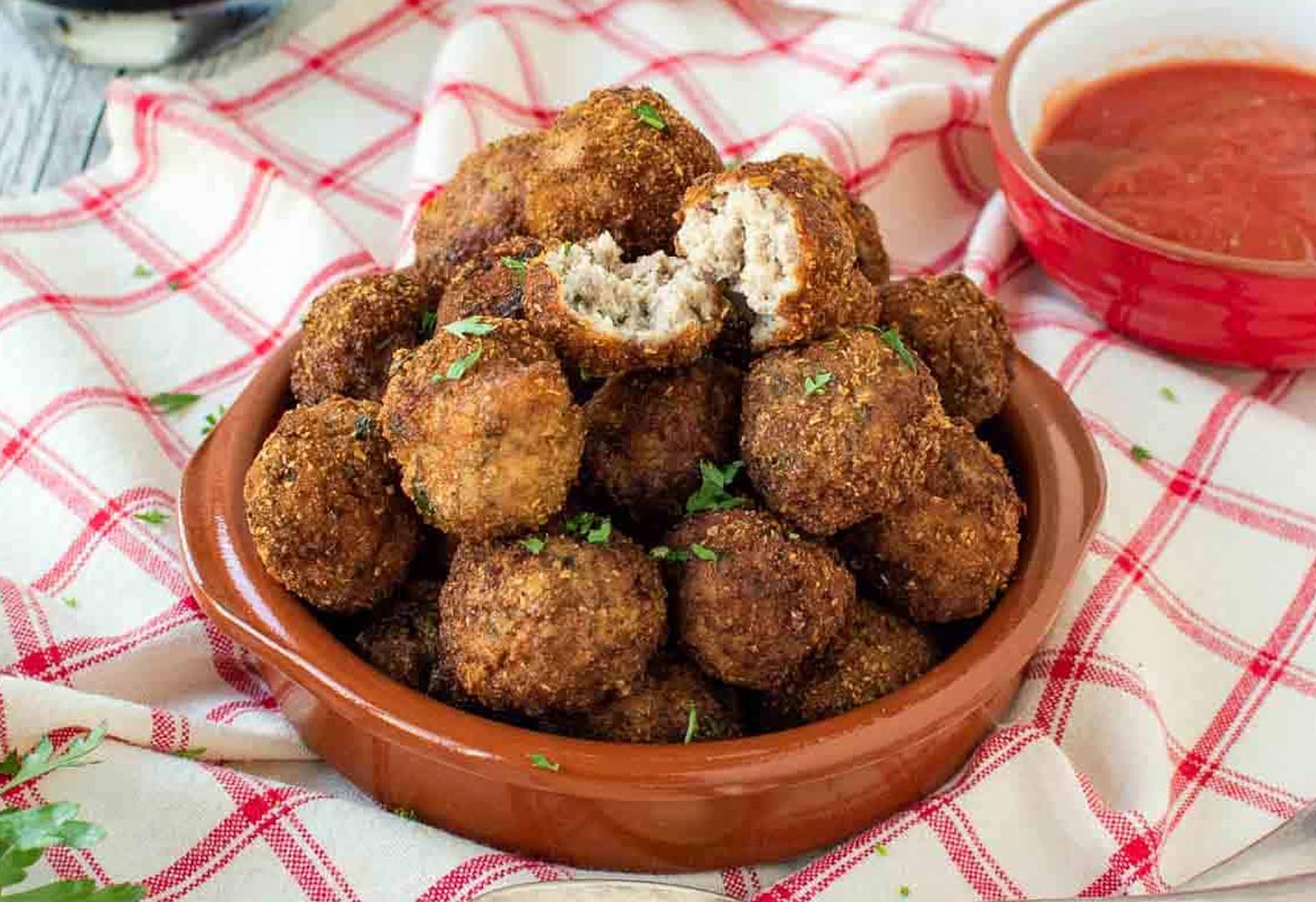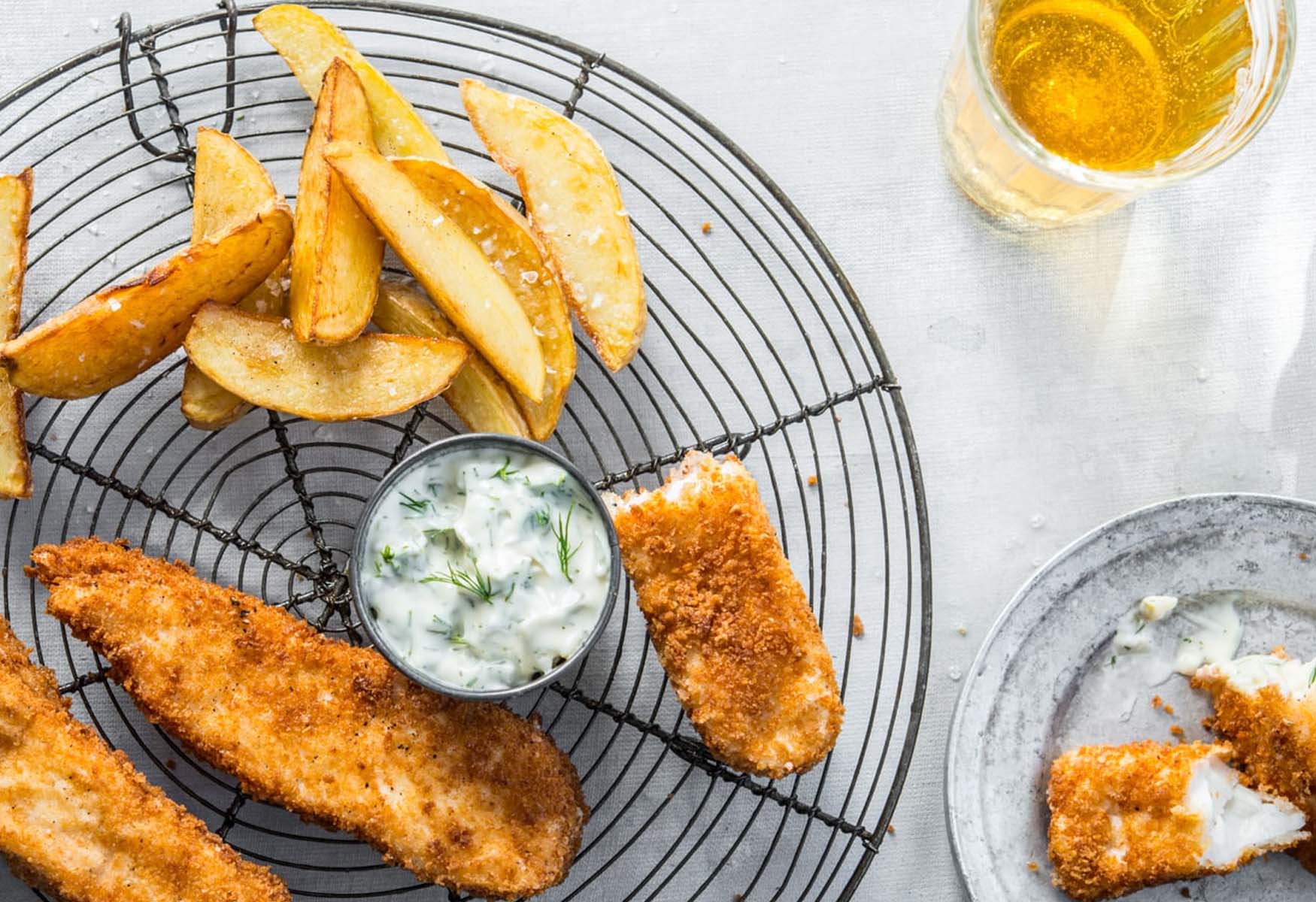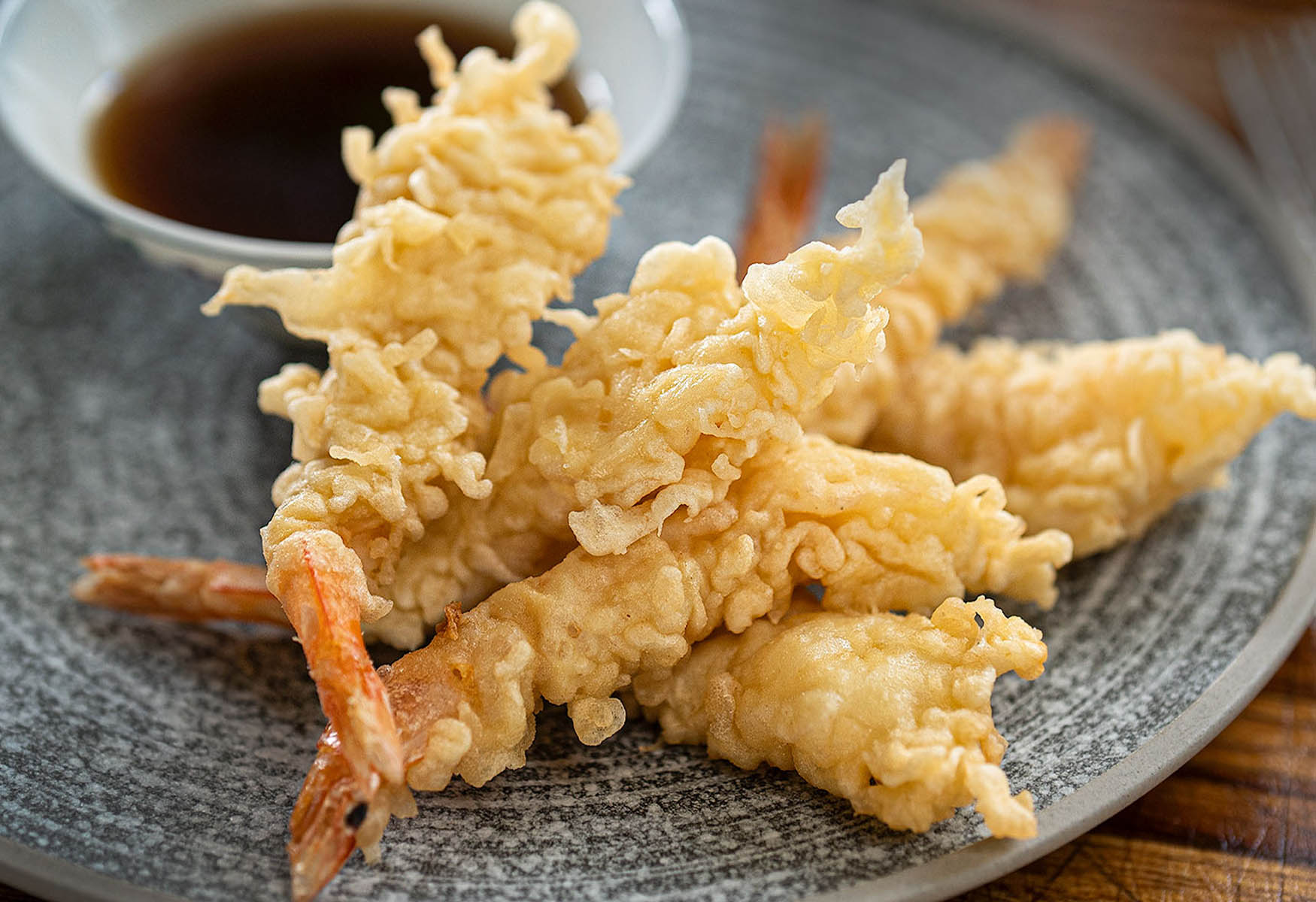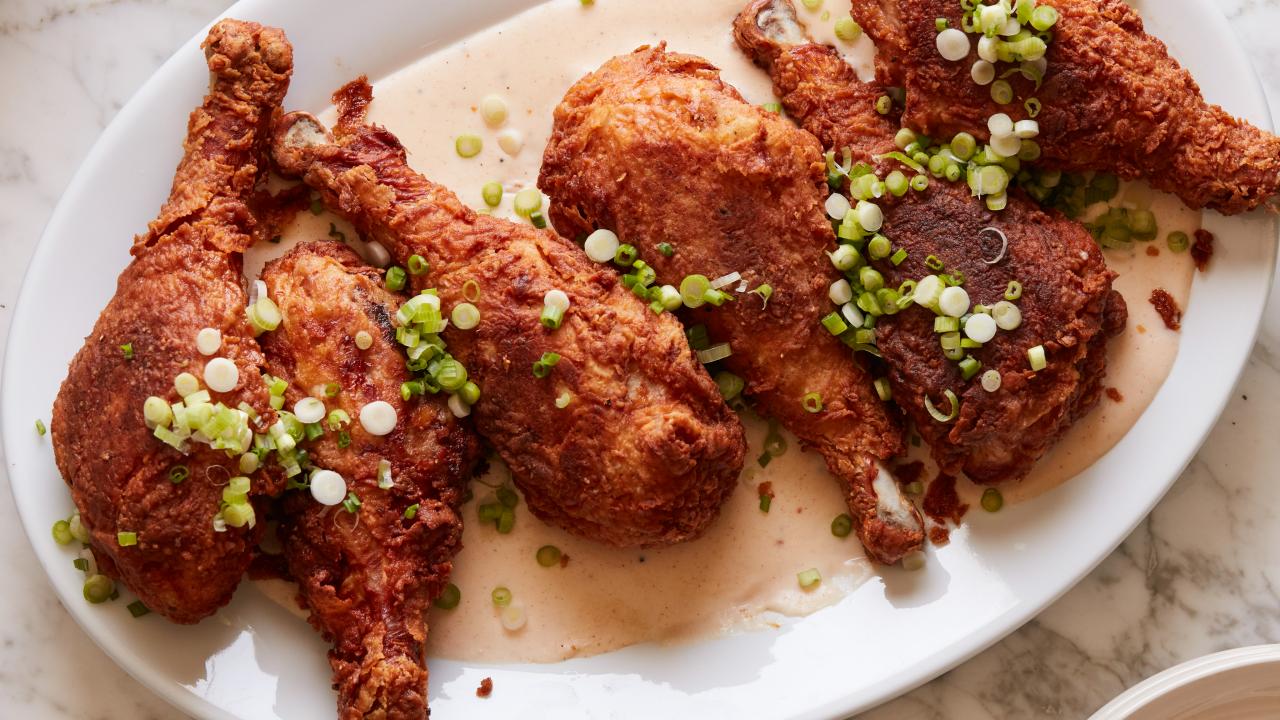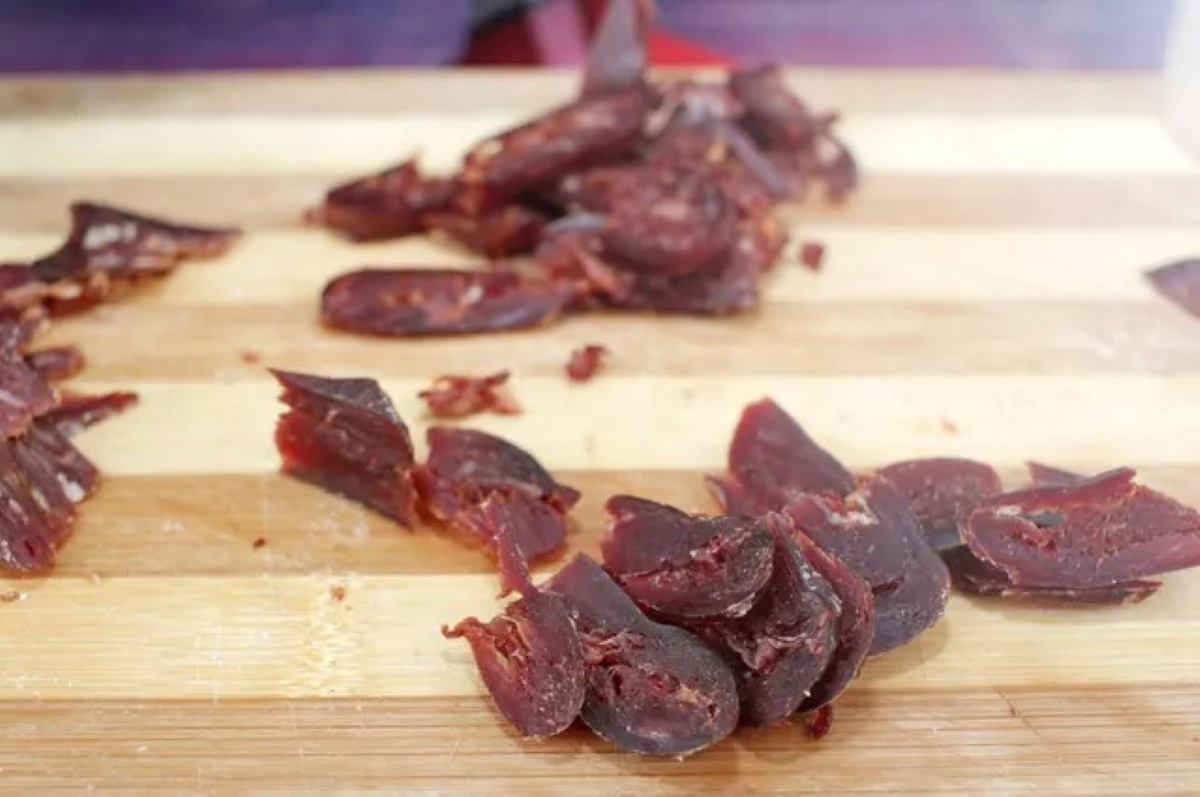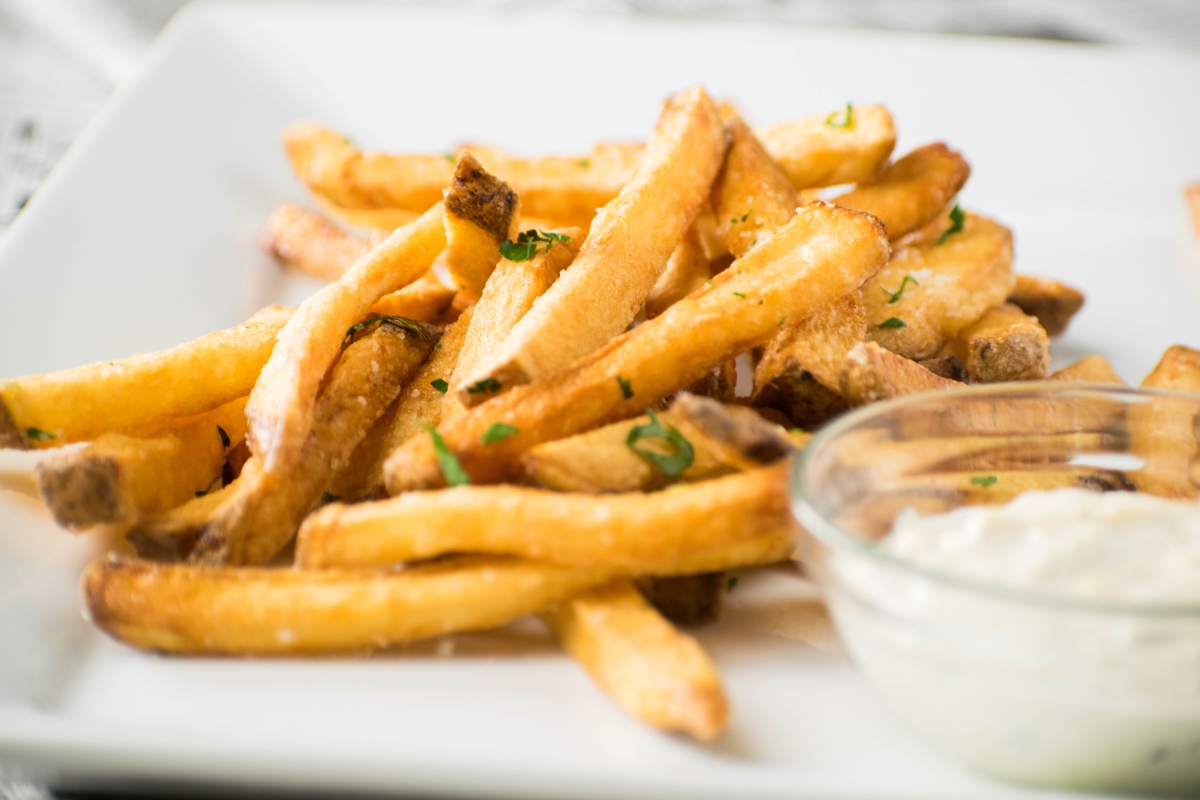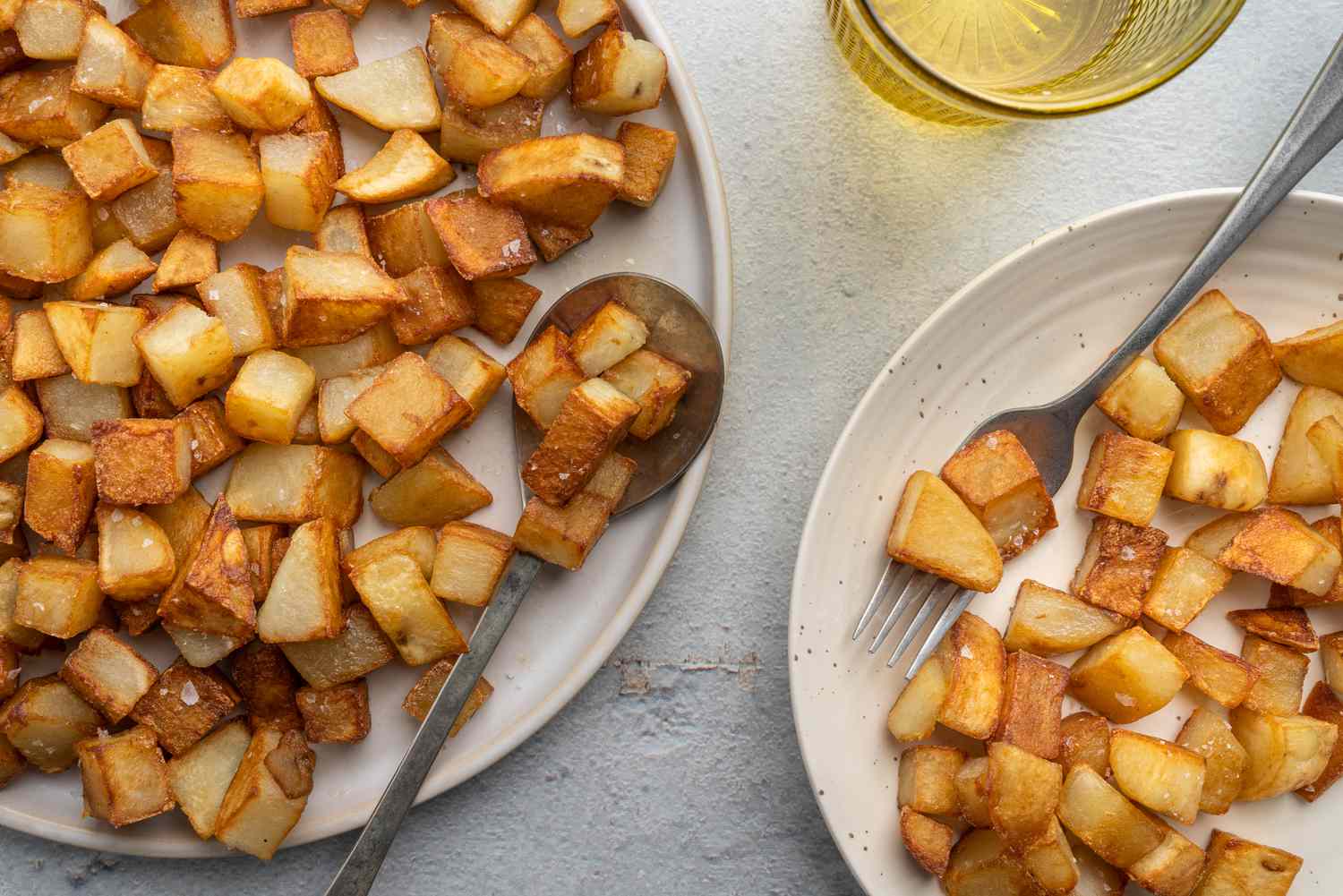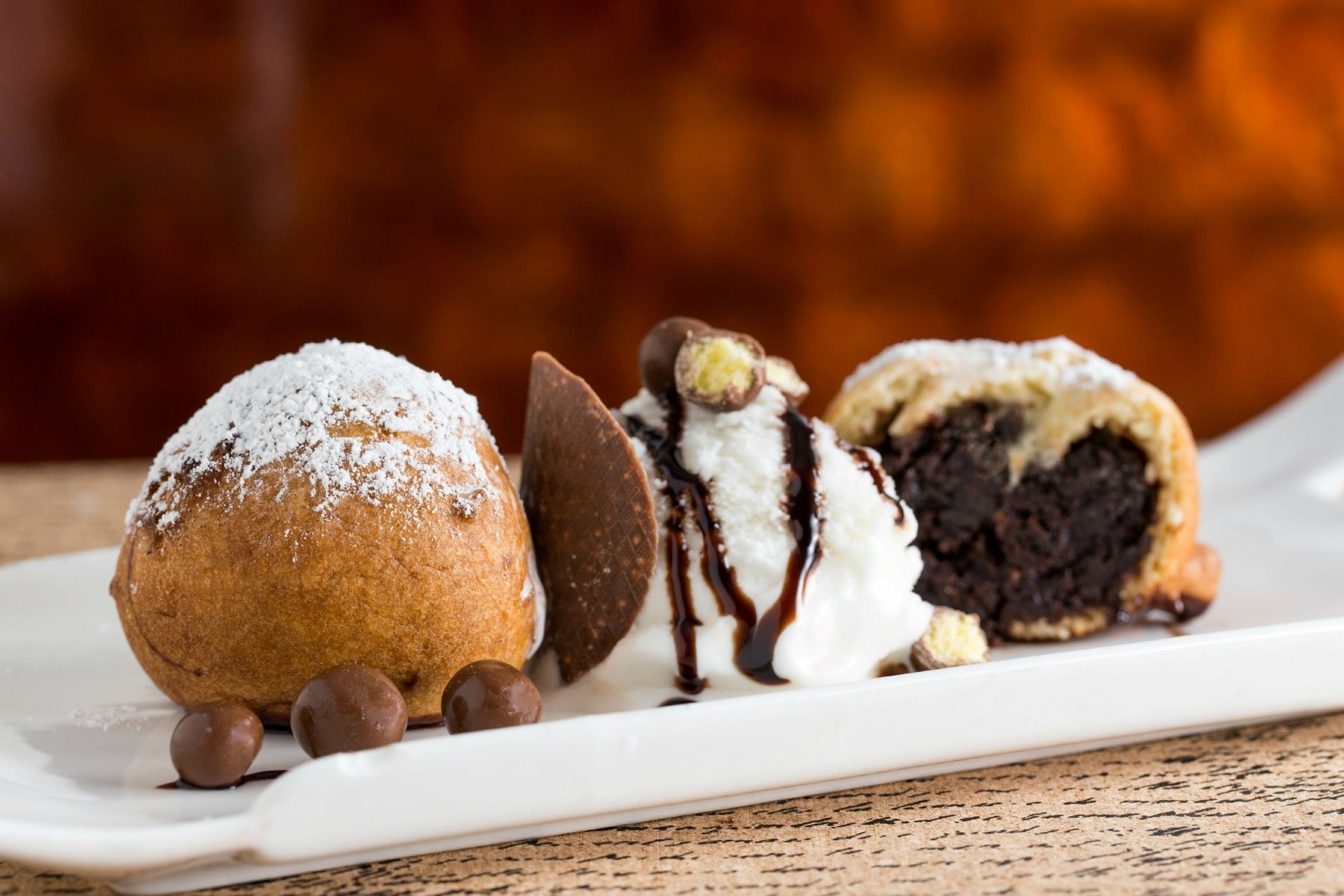How to Glaze a Cake Before Frosting It
Glazing a cake before frosting it can add an extra layer of flavor and moisture to your baked creation. The glaze not only enhances the taste but also provides a smooth surface for the frosting to adhere to. If you’re looking to take your cake decorating skills to the next level, here’s a step-by-step guide on how to glaze a cake before frosting it.
Ingredients and Tools Needed:
- 1 cup of powdered sugar
- 2-3 tablespoons of milk or water
- 1 teaspoon of vanilla extract
- A whisk or spoon for mixing
- A cake rack or parchment paper to catch excess glaze
Step 1: Prepare the Glaze
Start by sifting 1 cup of powdered sugar into a mixing bowl to ensure a smooth glaze. Add 2-3 tablespoons of milk or water and 1 teaspoon of vanilla extract. Whisk the ingredients together until the glaze reaches a smooth and pourable consistency. If the glaze is too thick, add a small amount of additional liquid. If it’s too thin, add more powdered sugar.
Step 2: Cool the Cake
Allow the cake to cool completely before applying the glaze. If the cake is even slightly warm, the glaze may run off the sides instead of adhering to the surface.
Step 3: Apply the Glaze
Place the cooled cake on a cake rack or parchment paper to catch any drips. Slowly pour the glaze over the top of the cake, using a spoon to guide it to the edges. Allow the glaze to flow over the sides, covering the entire cake evenly. Use a spatula to spread the glaze if necessary, ensuring it coats the entire surface.
Step 4: Let the Glaze Set
Allow the glaze to set for 15-20 minutes before applying the frosting. This will give the glaze enough time to firm up slightly, creating a smooth base for the frosting.
Step 5: Frost the Cake
Once the glaze has set, you can proceed to frost the cake as desired. The glaze will provide a sticky surface for the frosting to adhere to, resulting in a beautifully finished cake.
By following these simple steps, you can elevate your cake decorating game and impress your friends and family with a beautifully glazed and frosted cake. Experiment with different flavors and colors of glaze to customize your creations and take your baking skills to new heights!
For those looking to glaze their cakes before frosting, there are plenty of recipes to explore. The Classic Vanilla Cake with Chocolate Frosting is a great start, offering a simple yet delicious base for practicing your glazing technique. The Lemon Drizzle Cake with Cream Cheese Frosting adds a zesty twist that's perfect for those who enjoy a tangy flavor. If you're a fan of rich and decadent desserts, the Chocolate Fudge Cake with Ganache Frosting is a must-try, as the glaze will enhance the deep chocolate flavor. Lastly, for something a bit more unique, the Matcha Green Tea Cake with White Chocolate Frosting brings a delightful combination of earthy matcha and sweet white chocolate, making it an excellent choice for adventurous bakers.
